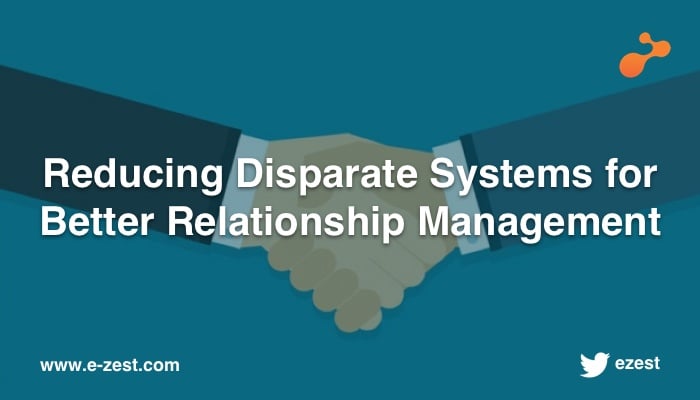There are mobile apps for a lot of healthcare products that do great things. There are desktop apps as well that run patient monitoring, clinic management among other tasks. But, the web continues to be a place where suspects still become prospects and in turn, customers. It is easy to visit a URL and fill up some details to get a free offer or redeem some coupon code. It takes a little more motivation than that to download an app onto one’s phone and then click it open later for said offers or coupons. Hence, web is the place which companies have every reason to focus their prospect and customer acquisition activities on.
An important part of having a web-experience is to make sure customers find it easy to do what they came to the website to do. There are a few schools of thought here. If there is only one larger website like, an umbrella for smaller and more specific functions, then there needs to be some way to track the purpose of your standard website visitor. There will be people who have come here for getting that free offer, there will be some to check out how your product looks because their gym-friends said it helped them, and then there will be that one mandatory lost soul. CRM systems can help you organize marketing campaigns that will attract your prospects whilst tracking their sources. Those users can then be segmented on the basis of their sources and can be taken through different experiences through your website. The perfect healthcare experience is then a customized journey for each customer based on what he has come to do. There will be misses, of course. Some may change their mind mid-way and meander off to that ticker asking them to opt-in for another offer. Hence, the perfect experience keeps in mind to turn off such distractions once the user is on his way to complete his customized journey.
Then there is this whole school of thought about having different sub-sites that cater to all these users and doing very targeted and separate marketing activities for all these sites. The problem here is to have cohesion to create a uniform branding. Growing each sub-site for effective SEO can be a problem as well. Some ideas here include to have a sub-site for converted prospects. They visit another website which looks different, more personalized and sells very carefully, what it needs to sell. Hence the main website caters to everyone but once converted, we can take them to a very specific site, since now we know what they have bought. The idea then there is to prod them very, very non-invasively about how they are doing and how the product is doing, nudging them to write a good review or to get in on some repeat purchases. The experience here is all about being the user’s haven more than his e-Commerce website. Tips about health, blogs from writers who share similar demographics, testimonial videos, the occasional question about if they are happy with the product makes a lot of difference. It makes people know that there is more to this website than just buying something. This kind of content is tied to the experience and the whole design of the website can aim to weave these content blocks around the scrolling fabric.
These are a couple of ideas to build your perfect healthcare experience, on the web. Have you thought about implementing something on similar lines? Or maybe you have that one different idea I didn’t mention! Let me know in the comments!





